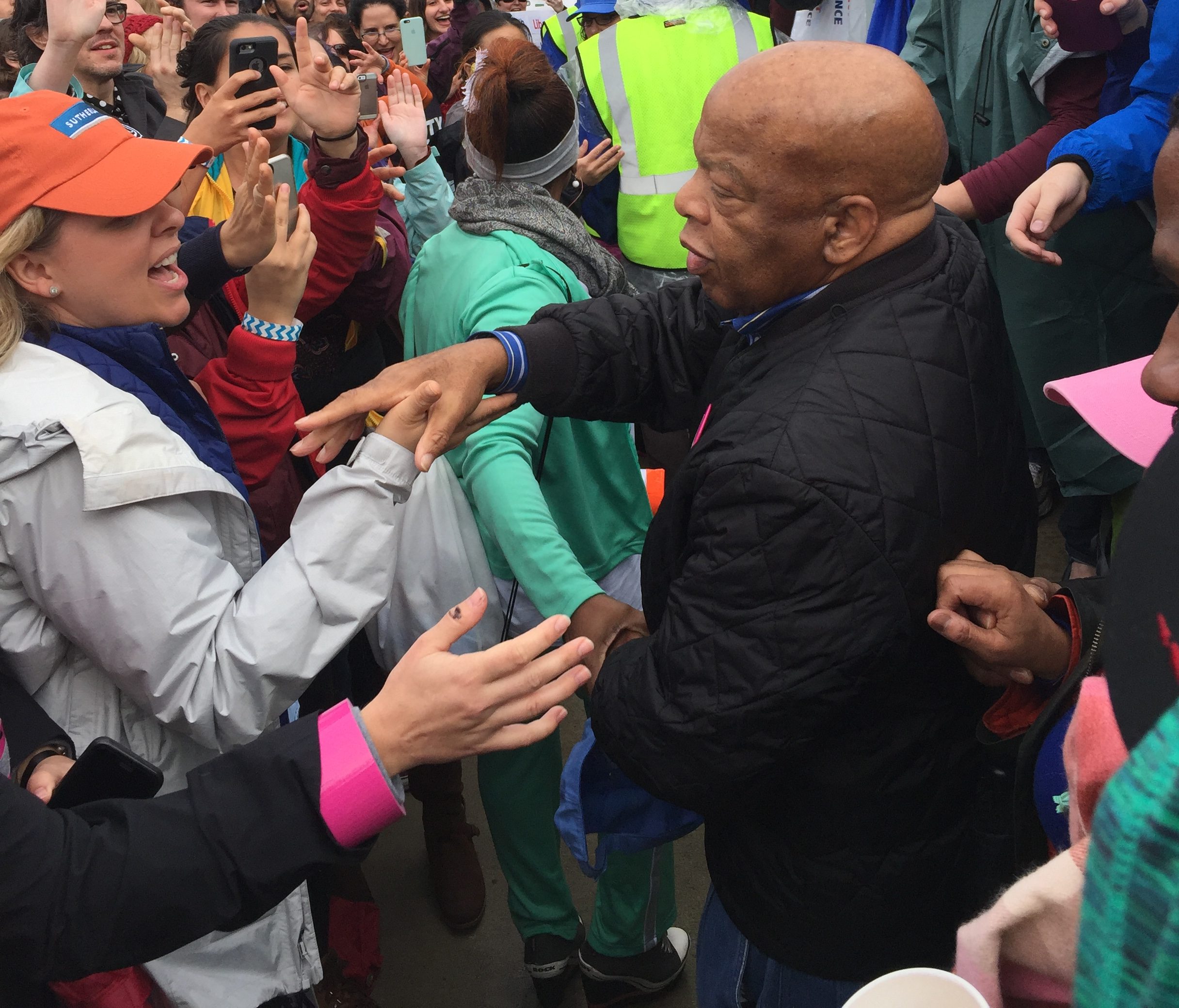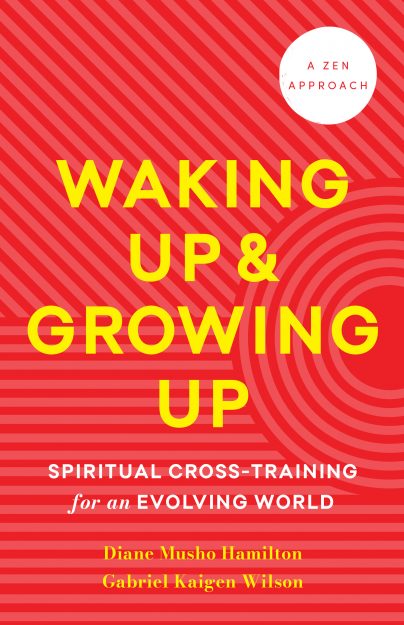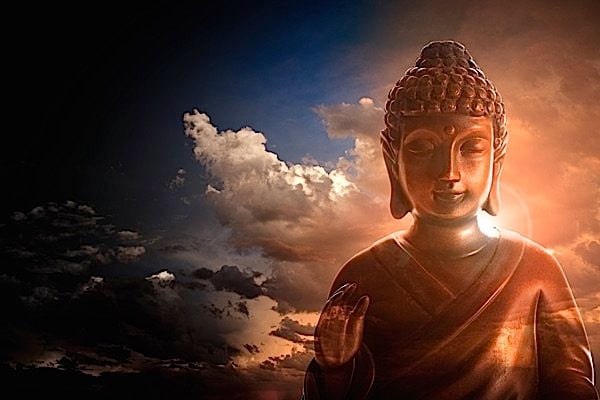The Beloved Embodiment of Community
On the stabilizing and grounding nature of the sangha and its potential role in enacting social change The post The Beloved Embodiment of Community appeared first on Tricycle: The Buddhist Review.

Strong bonds are not made with ropes and no one can untie them. —Lao Tzu
Ananda and the Buddha were staying with the Sakyan clan, the Buddha’s community of origin. Taking in the effervescent and delightful quality of the people, Ananda said, “Lord, this is half of the holy life, having admirable people as friends, companions, and colleagues.” The Buddha looked at him with a gentle smile and said, “Oh, Ananda, having admirable people as friends, companions, and colleagues is actually the whole of the holy life.
The Buddha was correct that humans flourish in the context of loving relationships. In his book Triumphs of Experience, George Vaillant, a Harvard researcher known for his work in human development, reveals findings from the most extensive study ever conducted on human happiness. One of its conclusions is that “warm, intimate relationships are the most important contributing factor in the establishment of a good life.” The study found that the participants who flourished in life and lived longest had reliable bonds based in intimacy, connection, and altruism.
Emotionally deep and intimate relationships, where generosity and reciprocity thrive, are invaluable. These qualities contrast sharply, however, with the traits young adults prefer to give their energy and attention to. In 2015, a survey of millennials asked them to list their most important life goals. Eighty percent responded by saying “to get rich,” while another 50 percent said their main goal was “to become famous.” During a discussion at the Zen Center about dissatisfaction in life, Musho Roshi heard from a young man who said, “I don’t understand why I am not living in Los Angeles in a club surrounded by beautiful women, doing shots with JZ.” Even though he laughed, he was serious.
There is an epidemic of loneliness in the United States. “Twenty-two percent of all adults in the U.S. say they often or always feel lonely or socially isolated.”Another study says that “one in three American adults over the age of forty-five are lonely.” This research shows that individuals with strong social bonds are 50 percent less likely to die prematurely than people with weak relationships. The negative impact on our health that results from a lack of connection is equal to the risk of smoking fifteen cigarettes per day and is more significant than the risks associated with obesity, excess alcohol consumption, and lack of exercise.
As humans, we long for intimacy, companionship, friendship, and a community of people who share our purpose, values, and interests. This may be why the sangha, the community of practitioners that study, learn, and realize together in the Buddhist tradition, is considered one of the Three Treasures of the buddhadharma. As the Buddha said to Ananda, “Having admirable people as friends, companions, and colleagues is actually the whole of the holy life.”
Thich Nhat Hanh, the Vietnamese Zen Master, is known to have famously said that the “next Buddha is the sangha.” The idea that the community will hold spiritual authority and guidance is popular now. It is captured in the life and work of the late Congressman John Lewis. He was a civil rights leader and student of Martin Luther King Jr. They preached civil disobedience rooted in nonviolence to challenge the racial segregation and oppression of their time. Beloved community—that is, “a nation and world society at peace with itself”—was the vision Dr. King and Lewis actively worked toward.
Throughout John’s life, he was arrested over forty times for his nonviolent protesting. He led a march across the Edmund Pettus Bridge from Selma to Montgomery on March 7, 1965, to demand voting rights for African Americans. It was known as Bloody Sunday because the protesters encountered an extremely violent police response involving tear gas, billy clubs, dogs, and horse-mounted officers. John’s skull was cracked open from two blows to the head.
And yet, not one of the protestors acted violently in response. Bloody Sunday shocked the nation and galvanized support for the civil rights movement. Two days later, John Lewis was back on the front lines, pursuing nonviolent social action.
He said, “Live like you are already there, that you are already in that community, that one family and one house. If you visualize it, if you can have faith it is there, for you, it is already there.”
People often asked him, “How could you be arrested and beaten and never strike back? How did you remain nonviolent?” His response was always clear and straight to the point: “Because I knew the beloved community was already done.” He said, “Live like you are already there, that you are already in that community, that one family and one house. If you visualize it, if you can have faith it is there, for you, it is already there.”
John’s statement, “It is already done,” rests on the wisdom that sees the labels of Black and White as illusory constructs and that sees police officers not as the enemy but as the divine in human form. Living from this truth meant that John would not hit you because he loved you, and even in a struggle, he treated you like his own brother or sister.
From this holistic vision, beloved community is the true nature of things. But as we are taught in Zen training, buddha-nature is abundant in each person, but it is not realized without practice. John practiced sincerely and rigorously with his community of nonviolent protestors. They practiced role playing. He says,
We went through the motions of someone harassing you, calling you out of your name, pulling you out of your seat, pulling your chair from under you, someone kicking you, or pretending to spit on you. Sometimes we did pour cold water on someone, never hot—but we went through the motions. This was drama because we wanted it to feel like we were in the actual situation where this could happen. So when the time came, we were ready. We were prepared.
The training created deep bonds, which John Lewis describes as the embodiment of beloved community.
In the same way, Zen training creates an experience of unity among those who sit together. Within our practice, we share an intention, enact our purpose, and cultivate care for one another. We find intimacy, companionship, friendship, and a community of people who gather together in the same way that people have for over a thousand years. It seems old-fashioned to say it, but we know who will be at our weddings and who will come to our funerals. We celebrate together when a new baby is born or offer support when a member experiences misfortune or loss. We maintain a connection to the lineage of ancestors from the past and prepare for an uncertain future together. We experience beloved community as already done.
♦
From Waking Up and Growing Up: Spiritual Cross-Training for an Evolving World by Diane Musho Hamilton and Gabriel Kaigen Wilson. © 2025 by Diane Hamilton and Gabriel Wilson. Reprinted in arrangement with Shambhala Publications, Inc. Boulder, CO

 KickT
KickT 






























